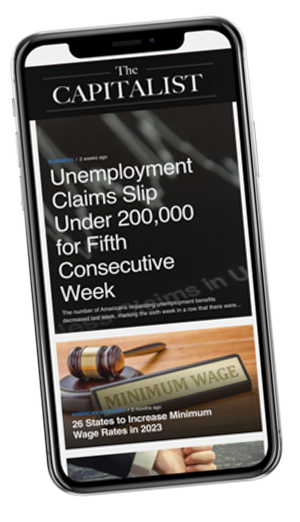News
U.S. Credit Card Debt Defaults Hit $46 Billion for First Nine Months of 2024, Its Highest Level Since 2010

Source: YouTube
U.S. credit card defaults have reached their highest levels since the 2008 financial crisis, highlighting the financial strain on American households. According to a report by the Financial Times, lenders wrote off $46 billion in delinquent credit card debt in the first nine months of 2024—an alarming 50% increase from the same period in 2023. This marks the steepest rise in defaults in 14 years, driven largely by high inflation, elevated borrowing costs, and diminished savings for lower-income Americans.
Moody's Analytics reports that high-income households remain financially secure, but the bottom third of U.S. consumers are “tapped out,” with little to no savings. The situation underscores a troubling reality: for many Americans, the rising cost of living has outpaced their ability to manage growing debt loads.
Why Are Americans Maxing Out Their Credit Cards?
The surge in credit card debt isn’t just a result of reckless spending—it’s a byproduct of economic pressures. During the pandemic, consumers accumulated cash reserves through stimulus checks and reduced spending. However, as the economy reopened, credit card balances soared by $270 billion over 2022 and 2023, surpassing $1 trillion for the first time in mid-2023.
High inflation, driven by supply chain disruptions and increased consumer demand, has eroded purchasing power. To combat inflation, the Federal Reserve raised interest rates, making it more expensive for Americans to borrow and repay debt. This double-edged sword has left many unable to pay off their credit card balances in full, with borrowers collectively paying $170 billion in interest in the 12 months leading up to September 2024.
Lower-income households are particularly vulnerable, as they rely more heavily on credit to cover basic expenses like groceries, gas, and rent. Mark Zandi of Moody’s Analytics emphasized the dire situation, noting that “their savings rate right now is zero.”
Historical Perspective: Credit Card Debt Before and After the Pandemic
Credit card debt in America has long been a concern, but its progression over the last decade paints a stark picture. Prior to the pandemic, U.S. credit card debt hit $930 billion in 2019, already exceeding levels from the 2008 financial crisis. Younger borrowers aged 18-29 faced particularly high delinquency rates, with defaults nearly 76% higher than older age groups.
During the pandemic, government stimulus programs temporarily alleviated financial stress, allowing many households to reduce their debt. However, this relief was short-lived. As the pandemic dragged on, household and personal savings dwindled as inflation surged. As a result, credit card balances ballooned while delinquency rates spiked again.
In 2024, credit card write-offs surged to $60 billion, with another $37 billion remaining overdue for at least 30 days. These figures indicate a growing inability among consumers to manage credit card debt as interest rates remain high.
Can American Consumers Avoid Further Credit Card Debt?
Amid rising defaults and financial pressures, there are proactive steps consumers can take to minimize credit card debt and manage existing balances:
- Create a Budget: Identify essential versus discretionary expenses to allocate funds more effectively and prioritize debt payments.
- Consolidate Debt: Use a balance transfer credit card with a 0% introductory APR or a personal loan to lower overall interest payments.
- Pay More Than the Minimum: Even small additional payments can significantly reduce interest costs over time.
- Negotiate With Creditors: Contact credit card companies to discuss lowering interest rates or setting up manageable payment plans.
- Seek Professional Advice: Nonprofit credit counseling services can provide tailored solutions to help regain financial stability.
Reducing reliance on credit cards for everyday expenses is key to avoiding future financial pitfalls. While tackling credit card debt can feel overwhelming, consistent and deliberate efforts can help consumers regain control of their finances.
How do you escape the credit card debt trap? Share your secrets on managing credit cards.



